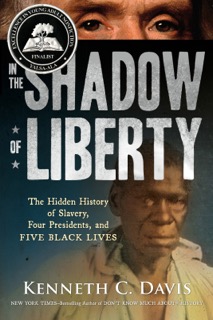This is a post I wrote in 2009 after visiting the hand written copy Thomas Jefferson made of his draft version of the Declaration at the New York Public Library:
Last evening, I had a thrilling experience. In a small, darkened room with the feel of a chapel inside the magnificent New York Public Library, I saw Thomas Jefferson’s handwritten copy of his original draft of the Declaration of Independence. For me this was a “Grail Moment.” Setting aside all of Jefferson’s contradictions and human flaws, I found the experience of seeing these words in his own hand exhilarating.


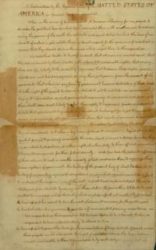
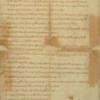
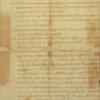
We take them for granted, of course. But Jefferson gave full voice to the idea that we all possess “inalienable rights” –That we are “created equal.” That we have basic rights to “life, liberty and the pursuit of happiness.” That governments exist to advance those human rights, and only with the “consent of the governed.”
The document is written on both sides of two pieces of paper. In his careful, flowing script, Jefferson included all of his original wording to show what the Congress in Philadelphia had changed, underscoring words and phrases that had been deleted. Those alterations, Jefferson, thought were “mutilations.” Distressed by the editing, he made these “fair copies” of his original some time after July 4th. (The document on display at the New York Public Library is one of only two known surviving copies.)
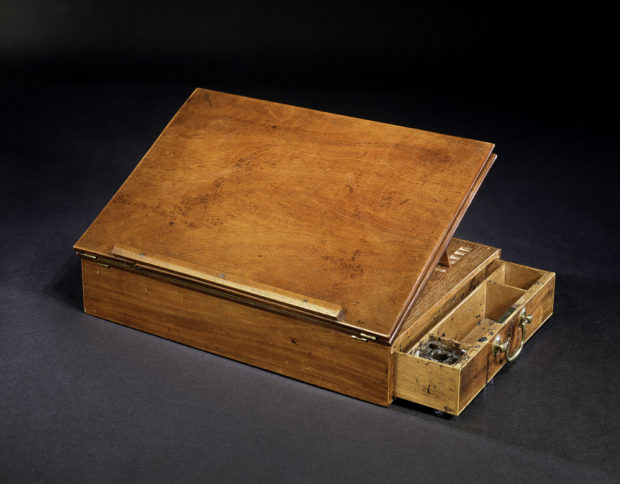
Jefferson’s Desk on which he drafted the Declaration (Image: American Museum of History/Smithsonian)
The most startling of these changes is a paragraph about what Jefferson calls “this execrable commerce” — slavery. Jefferson charged –rather ridiculously, of course– that King George III was responsible for the slave trade and was preventing American efforts to restrain that trade. The section was deleted completely. But it is striking to see Jefferson’s bold, block lettering when he describes:
an open market where MEN should be bought & sold
Yes, he was going home to a plantation completely dependent upon slave labor. But he clearly wanted to underscore his belief that slaves were MEN. The contradiction is stunning, troubling, and difficult to resolve. At least forty of the 56 signers enslaved people or profited from the African slave trade.
As the nation approaches its celebration of Independence and the ideals of “Life, Liberty and the Pursuit of Happiness,” it is always crucial –and challenging– to remember that with those rights comes responsibility. We have traveled a remarkable road in 243 years. There is no more powerful symbol of that distance than the fact that an African American has been elected president.
But we still have far to go until we all have secured all of those rights –equality, life, liberty, the pursuit of happiness– for all of the people. Jefferson and his 55 fellow signers pledged their lives, fortunes and “sacred honor” in support of those fundamental human rights. Would we all be willing to say the same?
